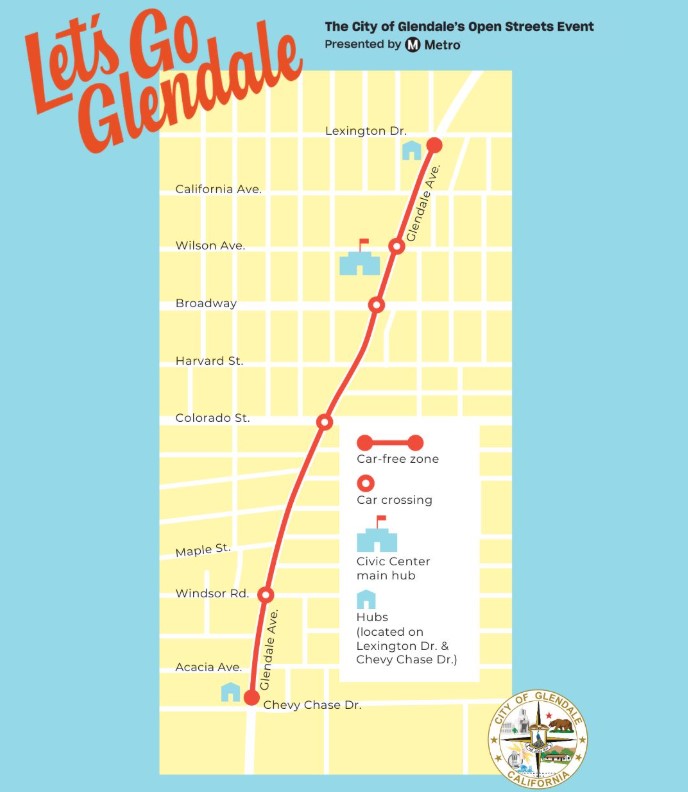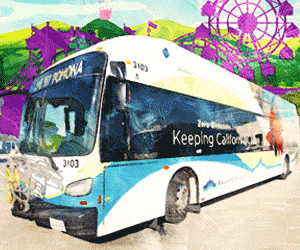
Metro's Plans Are Big on Expansion, Not So Big on Increasing Bike/Ped. Access to Their Stations
Before Metro can place a half cent sales tax increase on the fall ballot, it needs to tell us how it’s going to spend the $40 billion the increase would raise over the next thirty years. At last week’s board meeting the figures were available to the Metro Board, but for the rest of us they just appeared online yesterday.
The plan itself contains few surprises. The project that receives the most funds is the Westside Subway Corridor, a.k.a. the Subway to the Sea, which receives more than $4 billion. Despite Mayor Villaraigosa’s claim that the Subway could break ground by 2012, Metro plans on beginning construction in 2016.
Other rail projects receiving major funding are the Crenshaw Corridor, more than $1.2 billion, the downtown connector, more than $750 million, various Gold Line extensions, several billion, and a Green Line extension to the South the South Bay Corridor, over a quarter of a billion. Rail projects make up 40% of the funds generated by the sales tax increase.
The rest of the sales tax increase is spent on highway expansion projects, Metro’s maintenance and operations, “Local Return” and administrative costs.
As expected, there is no set aside for either bicycle or pedestrian projects. While non-motorized transportation is flourishing and will only continue to grow as America goes through oil addiction withdraw Metro can’t even scrape together the half a percent of the total budget for bicycle and pedestrian projects that it found in the sofa cushions for the Long Range Transportation Plan.
Metro has tried to explain away this egregious hole in their plan by saying that much of the 20% set aside for “Local Return,” funds that will go back to LA County communities for local projects based on the amount of money raised, will go toward bicycle and pedestrian projects.
The Bus Rider’s Union is already complaining that the funds going toward bus expansion and operations are too small for the BRU to support the proposal. Nearly $6 billion, 15% of the increase, would be spent on expansion and operations. These funds would add hundreds of buses that are not already in the Long Range Plan and perhaps help stabilize fares. However, the BRU is holding out for more.
An identical 15% will be spent on highway capacity expansion including a series of expansion projects along the I-5.
It’s certainly no surprise that Metro has programmed such a large part of the new funds for transit expansion and operations. Truthfully, this project list looks like something that LA County can’t afford not to do; however I wonder if Metro’s abandoning of non-motorized travel will lead to a narrow defeat at the polls.
The Metro Board will finalize the plans to place the sales tax on the fall ballot at their July meeting. It will then require a 2/3 vote at the ballot box this November to pass.






